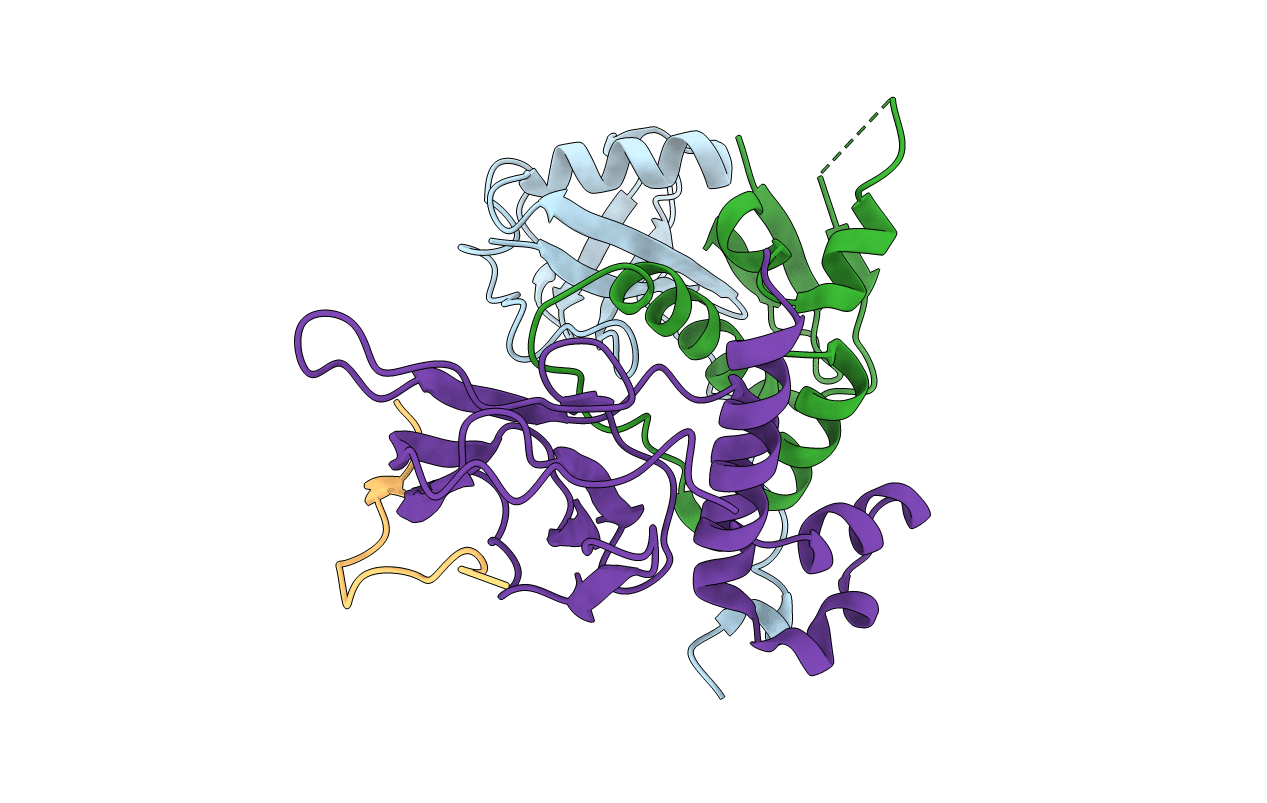
Deposition Date
2002-04-30
Release Date
2002-06-12
Last Version Date
2023-08-16
Method Details:
Experimental Method:
Resolution:
1.85 Å
R-Value Free:
0.23
R-Value Work:
0.19
Space Group:
P 43 21 2


